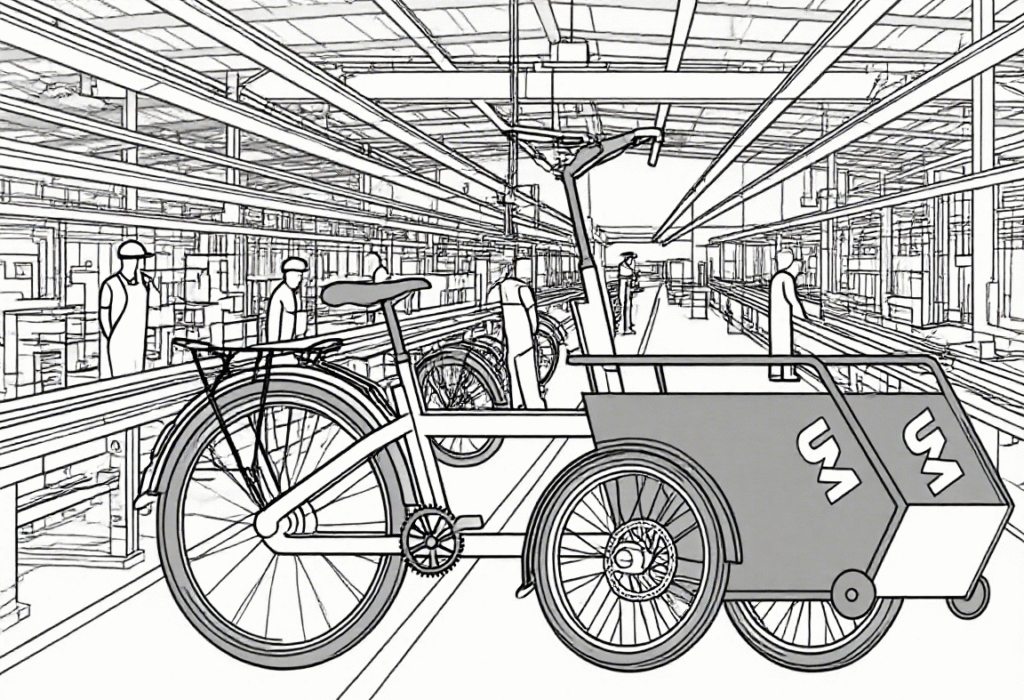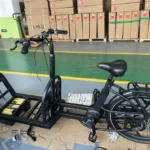If you’re considering starting a Custom Cargo Bike business—especially one focused on heavy duty cargo e-bikes—you need to get a few essentials right from the beginning. This isn’t just about building bikes; it’s about creating a reliable, scalable commercial system. Whether you’re targeting last-mile delivery, municipal fleets or retail logistics, this guide breaks down the fundamental areas to focus on: positioning and product definition, supplier selection, core components, pricing structure, delivery workflow, sales channels, and risk management. Let’s dive into what matters most first.
Clarifying who you’re building for is a crucial first step. It will influence your product design, sourcing strategy, and go-to-market plan. As the future of urban freight, the electric cargo bikes segment is growing fast, but success starts with understanding your target buyer.
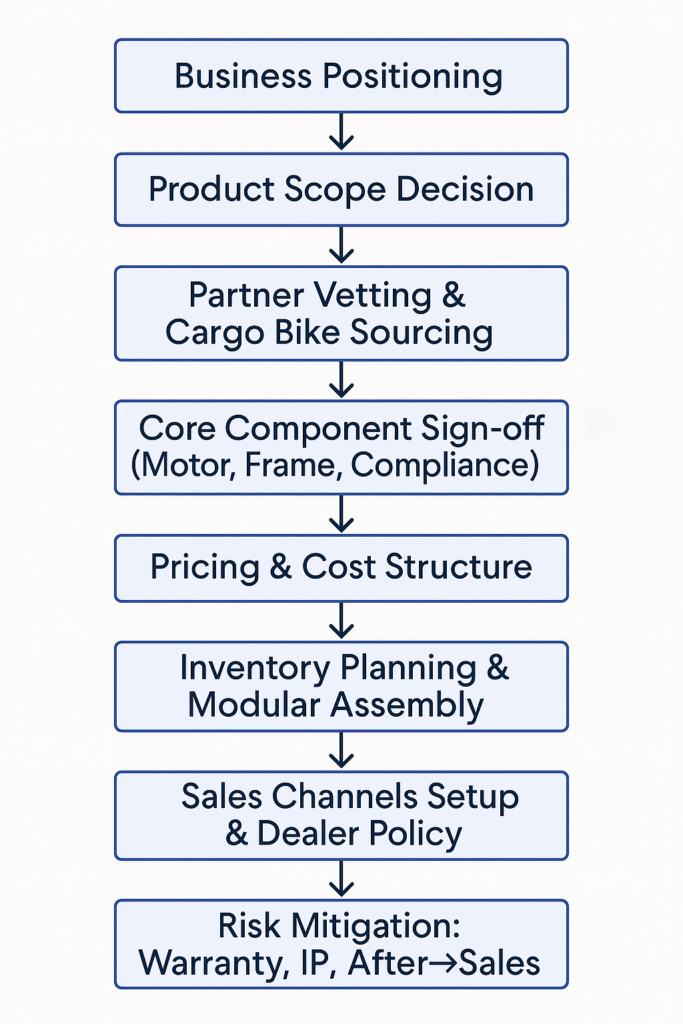
1. How to Start your Custom Cargo Bike Business
Define Your Target Customer & Use Case
Is your Cargo Bike Business designed for urban couriers, supermarket logistics, government departments, or multi-purpose fleet operators? The usage scenario will determine whether you need a Custom Cargo Bike designed for heavy loads or a lightweight long-tail model for flexible daily use.
It also affects your offering: are you simply selling the bike, or delivering a bundled solution—maintenance, training, fleet tracking? The clearer your customer persona, the easier it is to define your custom electric bike package.
Choose Your Product Scope: Standard, Custom, Private Label
There are three levels of product scope:
When choosing a Custom Cargo Bike, apart from the vehicle itself, maintenance, training, and fleet tracking are also key elements.
- Standard production model: existing designs, minimal changes
- Private label bicycle: branded bikes using established frames and systems
- Fully custom electric bike: built from scratch to your specifications
For custom cargo bike, there are standard production models, private labels, and full customization. These choices will affect your brand image and market positioning.
Your choice impacts cost, lead time, and brand identity. A quick framework:
If you are considering entering the market and offering customized cargo bicycles, it would be a significant opportunity.
- On a budget and short on time? Go private label.
- Want uniqueness and better margins? Build custom.
- Testing the market? Start with standard.
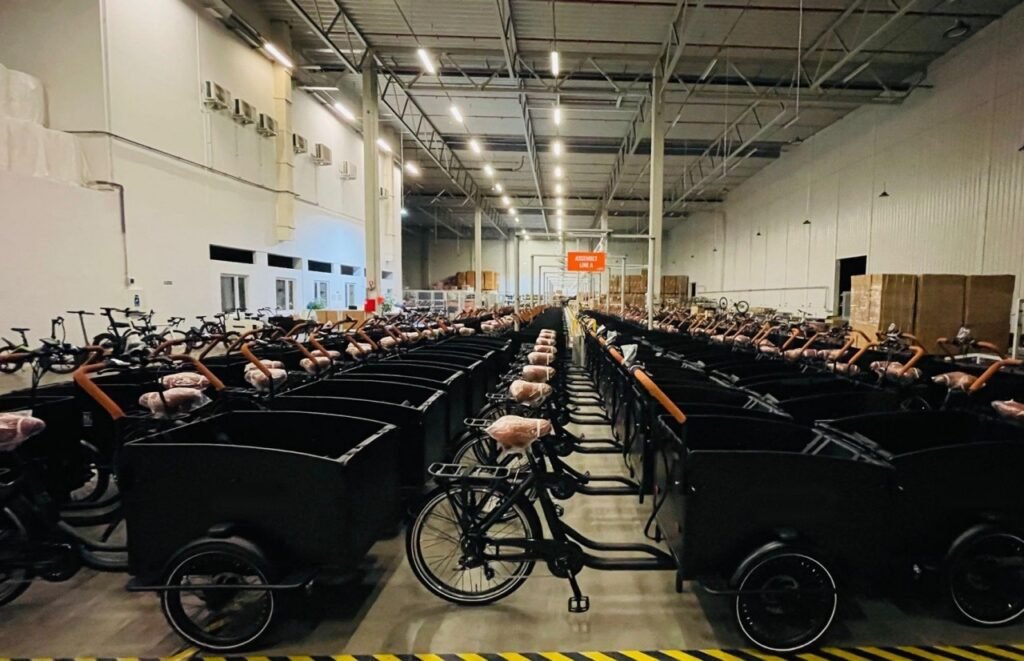
2. Vet and Select the Right Partners (Company & Sourcing)
The strength of your cargo bike sourcing partners can make or break your business. Choose manufacturers and sourcing channels carefully.
Supplier Due Diligence
Before signing anything, verify the cargo bike manufacturer you’re talking to:
- Can they meet your volume?
- Do they hold valid certifications like ISO and CE?
- Can they show proof of heavy duty cargo e-bike deployments and references?
Always request samples. A factory visit is ideal, but remote audits and customer checks also help.
Sourcing Strategy
You can purchase directly from factories or go through a Wholesale Cargo Bike channel. Direct gives you more control and margin; wholesale simplifies logistics and compliance.
We suggest beginning with a small trial order to validate quality, communication, and lead time. Be clear on MOQs and sample costs from the outset.
Ensure that your unique ODM E-Cargo Bike solution meets the current market demands and quality standards.
OEM/ODM Flexibility
Understand your collaboration model:
- OEM: Your brand on someone else’s bike
- ODM: Co-design or full original development
Map out the “blueprint to production” process in advance. Make sure your supplier can provide the modular cargo solutions. Set realistic expectations on timelines and communication cadence.
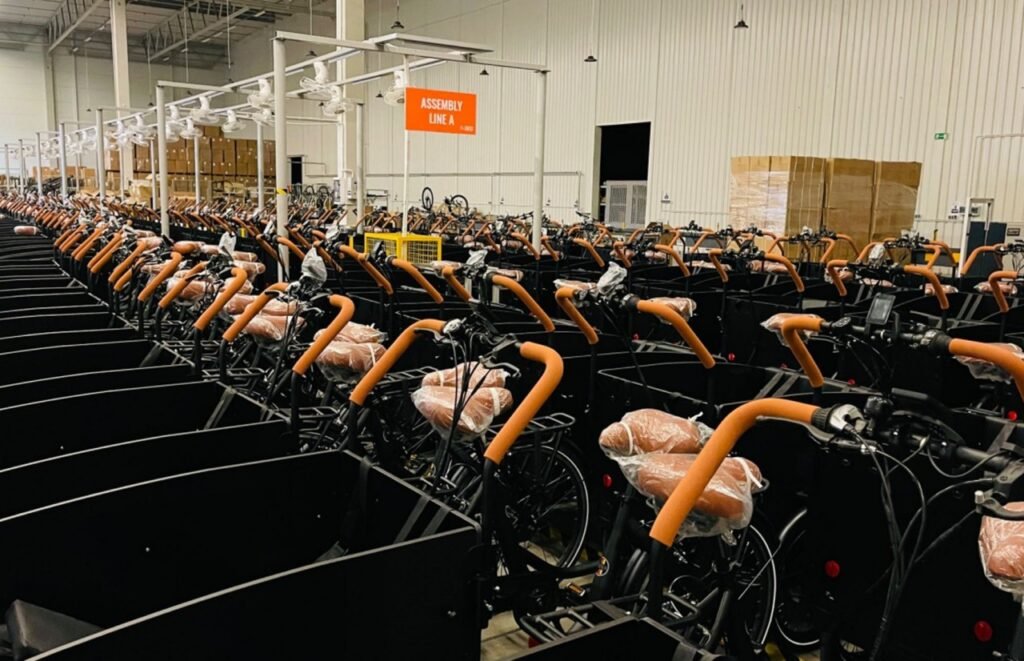
3. Core Product Components That Make or Break Trust
Your customers’ confidence in your brand hinges on the quality of your weakest component. For custom electric bikes, safety and durability are non-negotiable.
Motor and Brakes
Different applications require different motors. A postal delivery trike won’t have the same specs as a Longtail Cargo Bikes. For motors, apart from Shimano, there are also Yamaha, Bafang, Bosch, Brose, Mahle, Fazua, TQ, Panasonic, Tranzx, and Owuru. Braking (hydraulic vs mechanical) must align with the total load.
Ask suppliers for testing data, replacement policies, and historical performance. Your cargo ebike for business can’t afford failures in the field.
Frame Quality Control
Look for strong welds, fatigue test reports, and consistent material sourcing. A cracked frame mid-shipment could destroy both your profit and your reputation.
Third-party inspections are essential before scaling up orders.
Certification and Compliance
CE and EN15194 are must-haves for European market entry. More advanced fleets may also require environmental compliance.
These certifications not only influence time-to-market—they shape buyer confidence and distribution partnerships.
4. Cost Structure and Pricing Strategy
Don’t just price by unit. You need a complete view of your total landed cost.
Breakdown: Unit Cost vs Total Landed Cost
Your actual cost includes:
Selecting the appropriate motor and braking system is the key to ensuring that your custom cargo bike performs excellently in various applications.
- Materials
- Assembly
- Compliance testing
- Shipping & taxes
- Warehousing and warranty service
If you’re going the Wholesale Cargo Bike route, bake in distributor margins and returns.
Ensure that the frame of your private lable Cargo Bike is of high quality and can withstand intensive use.
Order Volume Planning
Start small. Trial 10–20 bikes before ramping up. Real-world use beats spreadsheet projections.
Protect the design and brand of your Custom Cargo Bike to ensure they are not imitated by competitors. Choosing qualified certifications can help your products enter the market more quickly.
Balance cash flow with production cycles. If you’re not ready to go big, set up staged or rolling orders that reduce risk.
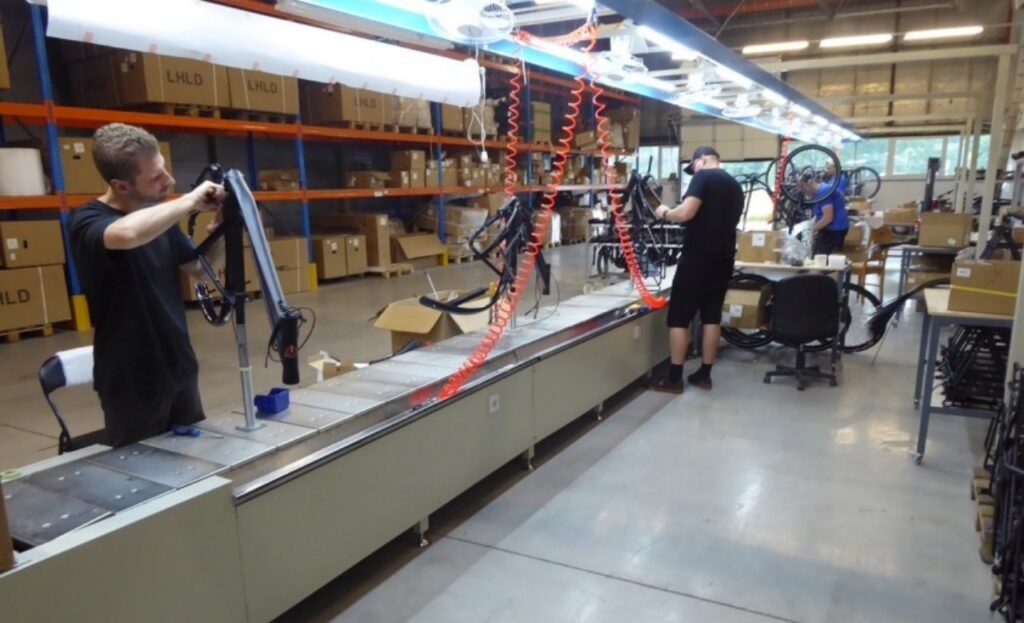
Analyze the complete cost structure of the Custom Cargo Bike and take all aspects into consideration.
5. Inventory, Assembly and Delivery Workflow
Build a supply model that balances stability with flexibility.
Inventory Strategy
Choose between:
- Safety stock: Faster delivery, higher cost
- Build-to-order: Lower risk, longer lead times
Some sellers fund demand tests through deposits and rolling reorders.
Assembly & Customisation
Modular builds let you offer colourways, accessories, and branding with minimal extra work. A solid Private label bicycle strategy includes packaging and visual consistency.
Standardised instructions and packaging ensure smoother fulfillment.
When planning the order quantity for Custom Cargo Bike, it is recommended to start with small – scale trial orders.
Logistics & Delivery
Delivery models include:
- Fully assembled bike export
- Partially built bikes with local setup
- Batch deliveries by region
Promise clear timelines and a response plan if issues arise.
Your Custom Cargo Bike business needs to establish stable supply chain management and flexible distribution models.
6. Sales & Partnership Infrastructure
In the logistics and distribution process, ensure that your Custom Cargo Bike can be delivered to customers quickly and efficiently.
Once your product and supply chain are stable, it’s time to grow distribution.
Dealer & Distributor Policy
Create attractive terms for local partners:
- Geographic exclusivity
- Returns and credit terms
- Tiered pricing
- MAP enforcement and brand guidelines
Make your cargo ebike for business a win-win for every stakeholder.
Test Ride and Validation
Let buyers test before they commit.
Set up a demo program:
- Schedule test rides
- Collect structured feedback
- Offer post-test incentives
Hands-on experience can overcome skepticism faster than any PDF.
7. Risk Mitigation and Trust Builders
Trust is the currency of B2B. Addressing risk head-on wins deals.
Warranty, After-Sales Network and Quality Assurance
Ultimately, ensure that the packaging of your Custom Cargo Bike products can attract customers.
Spell out warranty terms for key components. Offer fast spares delivery. Outline your service footprint and escalation processes.
Put after-sales service into your contracts. Don’t leave it vague.
Building good sales and partnership relationships can enhance the competitiveness of your Custom Cargo Bike in the market.
IP Protection & Branding Safety
Protect your Private label bicycle designs and custom specs:
- Sign NDAs early
- Watermark drawings
- Prohibit third-party disclosure or reuse via contract
This is especially important when working with a cargo bike manufacturer overseas.
8. Payment, Packaging and Final Handover
Good products can still go wrong with poor payment terms or bad packaging.
Payment Terms That Balance Risk and Growth
European buyers usually prefer:
- Milestone deposits
- Insured credit periods
- Currency fluctuation protections
Stay flexible—but protect your margin and production risk.
Packaging for Transit and Display
Packaging must protect and present. Your Private label bicycle packaging should include:
- Multi-language manuals
- Branding elements
- Accessories and extras neatly integrated
Even B2B clients care about the final user experience.
Conclusion / First Move Checklist
To kickstart your cargo bike business focused on heavy duty cargo e-bikes, here’s your step-by-step playbook:
In risk management, ensure that your Custom Cargo Bike business has clear terms of service and after-sales support.
- Lock in your use case and product type
- Validate your cargo bike sourcing options
- Confirm motor, frame and certification quality
- Set a pricing model and scalable order plan
- Define delivery flow and inventory setup
- Build sales structure and partner terms
- Lock in contracts for service and risk mitigation
What’s the next step?
Contact qualified Custom Cargo Bike manufacturers, request sample quotations, and start trial orders. Want to create your own Custom Cargo Bike brand series?
Book a short consultation call or request a sample quotation now. Summarize your Custom Cargo Bike business plan to ensure that every step proceeds smoothly.

